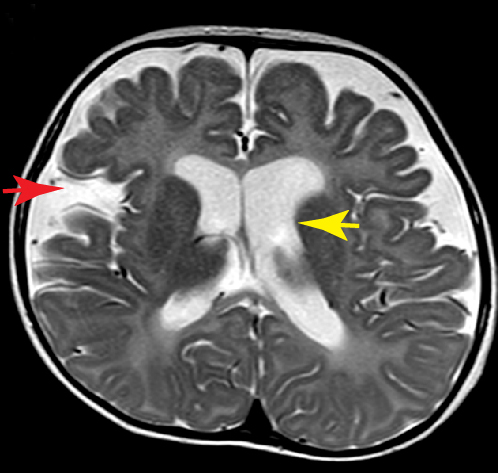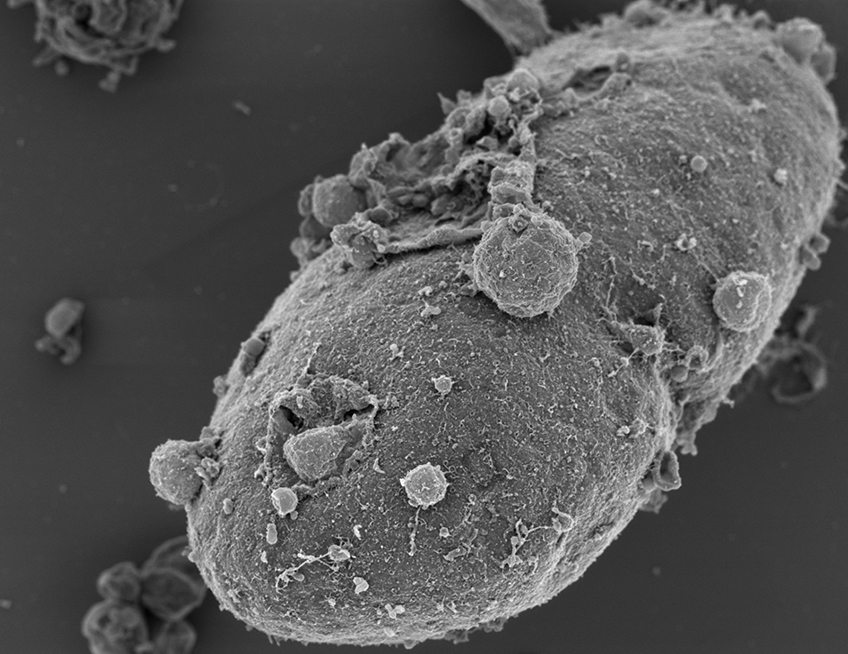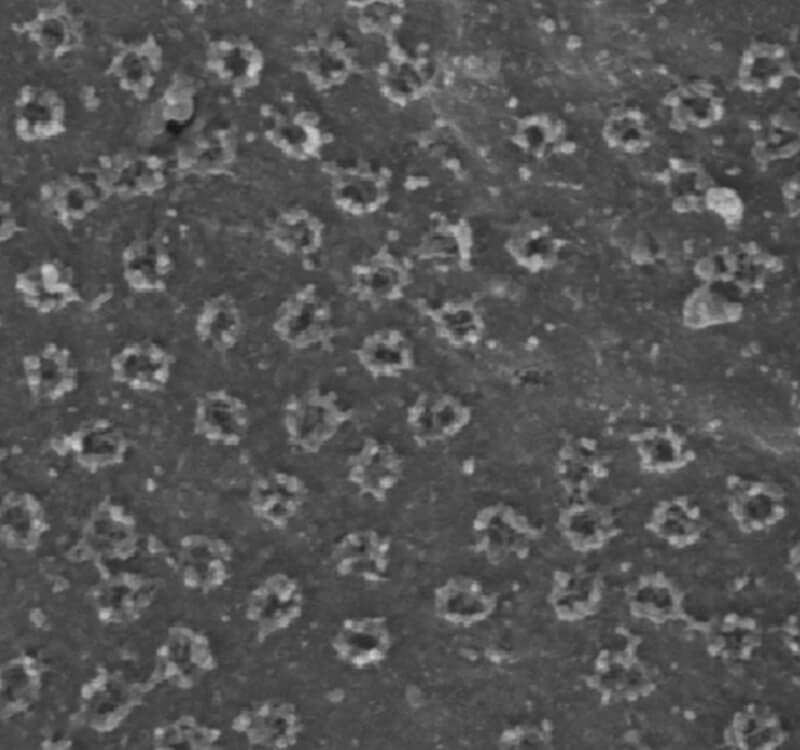OUR RESEARCH
The Harel laboratory uses a combination of genetics, protein biochemistry and cell biology approaches, high resolution scanning electron microscopy (SEM) and correlative light-and-electron microscopy. Our recent work has revealed “plugged” pore channels as the cause of a rare genetic disorder in humans, caused by mutations in Nup214 and resulting in acute febrile encephalopathy and early death (Fichtman et al., Am. J. Hum. Genet. 2019). Additional projects are focused on a dysregulated cellular stress response in the context of neurodegeneration and nuclear envelope abnormalities.

Neurodegeneration and the Nuclear Envelope
Nuclear envelopathies are a heterogeneous group of human diseases caused by mutations in genes encoding nuclear envelope and NPC proteins. Two of our recent research publications (Fichtman et al., American Journal of Human Genetics and Nature Communications, 2019) describe novel diseases from this group, involving drastic damage to the central nervous system…

The nuclear pore complex and nuclear transport
Mechanistic studies of nuclear pore assembly and function have been a long term interest of the Harel laboratory and require specialized experimental systems. These include specific nuclear import and export assays in mammalian cell culture, as well as the unique nuclear reconstitution system…

SEM Collaborations
In recent years our research group has developed improved methods for the preservation of biological structures and for delicate, grain-less coating by iridium, for the purpose of high resolution imaging by scanning electron microscopy (SEM)…

